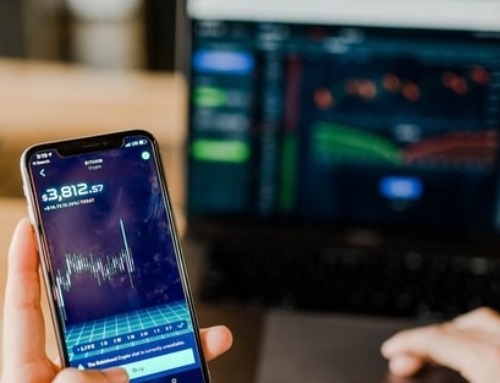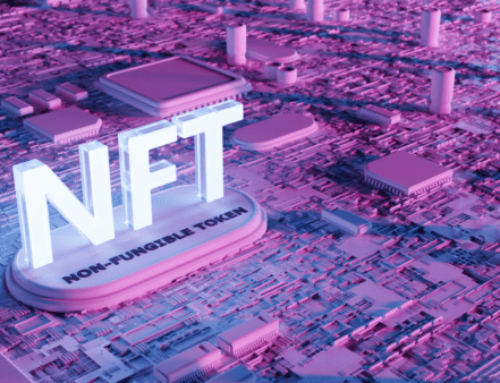Compound is a DeFi algorithmic money market protocol running on the Ethereum blockchain that uses loan pools to facilitate loans in a variety of cryptocurrencies. Borrowers can take secured loans, while lenders who make funds available to loan pools can earn on their deposits via specially issued native tokens (COMP tokens).
The birth of Compound
The project was created by Robert Leshner and Geoff Hayes who founded the company Compound Labs Inc. in 2017 with headquarters in San Francisco. The Compound protocol then takes shape in 2018 and the current Compound v2 becomes operational in 2019.
Leshner and Hayes’ main goal was to bring to life a protocol that could enable the creation of financial foreign exchange markets characterized by interest rates based on their assets.
Another goal behind the project was to address the speed and efficiency issues of the legacy financial system and to remove the constraints imposed by brokerage organizations. With this vision, the company managed to raise funding in excess of $8 million and has distributed over 4 million of its COMP native tokens at launch.
How does Compound work?
Any user can decide to connect to Compound and earn interest, which is why it is called a permissionless protocol: anyone with a cryptocurrency wallet and an Internet connection can freely interact with it. Providers and borrowers don’t have to negotiate terms as they would in a more traditional environment. Both parties interact directly with the protocol and no counterparty holds funds, as the assets are held in smart contracts called liquidity pools. Interest rates for lending and borrowing on Compound are therefore algorithmically adjusted based on supply and demand, and COMP token holders also have the power to make changes to the same interest rates.
Lending
When lenders deposit funds into a Compound loan pool, they receive a generic token known as a “cToken” that tracks the value of their assets. The cTokens allow lenders to commit to earning interest in real time.
The cTokens are generic: for example, if you deposit DAI, you will receive cDAI, ETH will become cETH, and so on. The cTokens can be converted back into the underlying asset by their holders at any time.
Borrowing
In order to borrow funds from the Compound network, users must first deposit enough collateral to cover the loan. Like many of DeFi’s projects, Compound has at its core the concept of “over-collateralization” which means that the value of a borrower’s collateral must exceed the value of the loan they take out. The amount of collateral a user deposits provides them with “borrowing power” that will establish their “borrowing capacity”.
Governance
The Compound protocol has another native token, the Compound Governance Token (COMP). Users who hold COMP can make proposals to the network and vote on issues such as accepting new types of collateral, borrowing capacity, choice of oracles, and interest rate models. COMP is a tradable cryptocurrency token. The more COMP a user owns, the more influence they have on the Compound network. A single COMP token translates into a single vote on proposed governance issues. Only users who hold at least 1% of the total COMP supply can submit new proposals on the network. The percentage is growing and it may be that in the future the protocol will be completely governed by COMP token holders.
Conclusions
Compound is a fundamental protocol in the DeFi context also due to its many advantages: it is “user friendly” for beginners, but provides good investment opportunities for experienced traders as well. Essentially, Compound is a relatively low-risk investment with a high potential for returns. In addition, its ease of use due to the speed of transactions and decentralized system with no strings attached makes it undoubtedly attractive to many investors. Of course, the factor of cryptocurrency volatility and the inherent risk margin in any investment must be taken into consideration, so it is always good to evaluate all aspects and do your research before making an investment decision.








